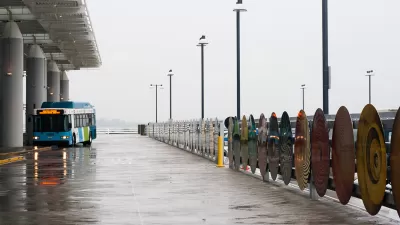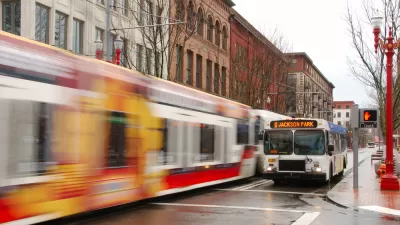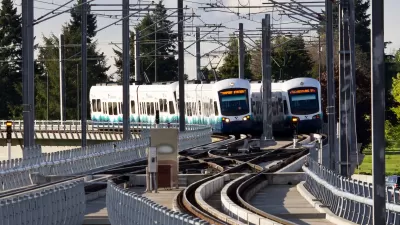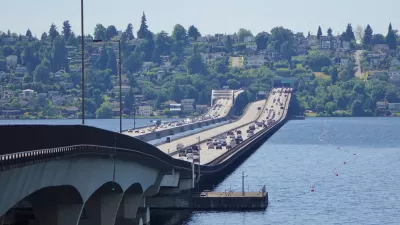For all the attention paid the transit investments of cities like New York City and Los Angeles, it's actually cities like Seattle and Denver spending the most per capita on capital investments in transit.

David Gurtman reports data from the Federal Transit Administration about how much each urban area (as defined by the Census Bureau) spends per capita on capital investment in transit systems.
The data show that even before Sound Transit 3 spending went into effect, "the Seattle region was already spending more, per capita, on new buses, trains and other transit projects than any other major city in the country."
"For each person in the Seattle urban area, local transit agencies spent nearly $400 on capital expenses in 2015, the highest such figure in the country," adds Gurtman. As for why Seattle's transit investment costs so much, Gurtman cites Scott Rutherford, a transportation engineering professor at the University of Washington and the director of the university’s Sustainable Transportation Program:
One reason, as Rutherford said, is that we’re just now building systems that other cities built decades ago. Another reason: Puget Sound. Spending by Washington State Ferries is included in Seattle’s total. That’s something that cities less interlaced with water don’t have to deal with.
As for the rest of the list, Denver-Aurora comes in second, followed by San Francisco-Oakland, San Jose, and Washington, D.C.
FULL STORY: Seattle area spends most per capita to build transit and here’s why

Maui's Vacation Rental Debate Turns Ugly
Verbal attacks, misinformation campaigns and fistfights plague a high-stakes debate to convert thousands of vacation rentals into long-term housing.

Planetizen Federal Action Tracker
A weekly monitor of how Trump’s orders and actions are impacting planners and planning in America.

In Urban Planning, AI Prompting Could be the New Design Thinking
Creativity has long been key to great urban design. What if we see AI as our new creative partner?

Pedestrian Deaths Drop, Remain Twice as High as in 2009
Fatalities declined by 4 percent in 2024, but the U.S. is still nowhere close to ‘Vision Zero.’

King County Supportive Housing Program Offers Hope for Unhoused Residents
The county is taking a ‘Housing First’ approach that prioritizes getting people into housing, then offering wraparound supportive services.

Researchers Use AI to Get Clearer Picture of US Housing
Analysts are using artificial intelligence to supercharge their research by allowing them to comb through data faster. Though these AI tools can be error prone, they save time and housing researchers are optimistic about the future.
Urban Design for Planners 1: Software Tools
This six-course series explores essential urban design concepts using open source software and equips planners with the tools they need to participate fully in the urban design process.
Planning for Universal Design
Learn the tools for implementing Universal Design in planning regulations.
planning NEXT
Appalachian Highlands Housing Partners
Mpact (founded as Rail~Volution)
City of Camden Redevelopment Agency
City of Astoria
City of Portland
City of Laramie





























